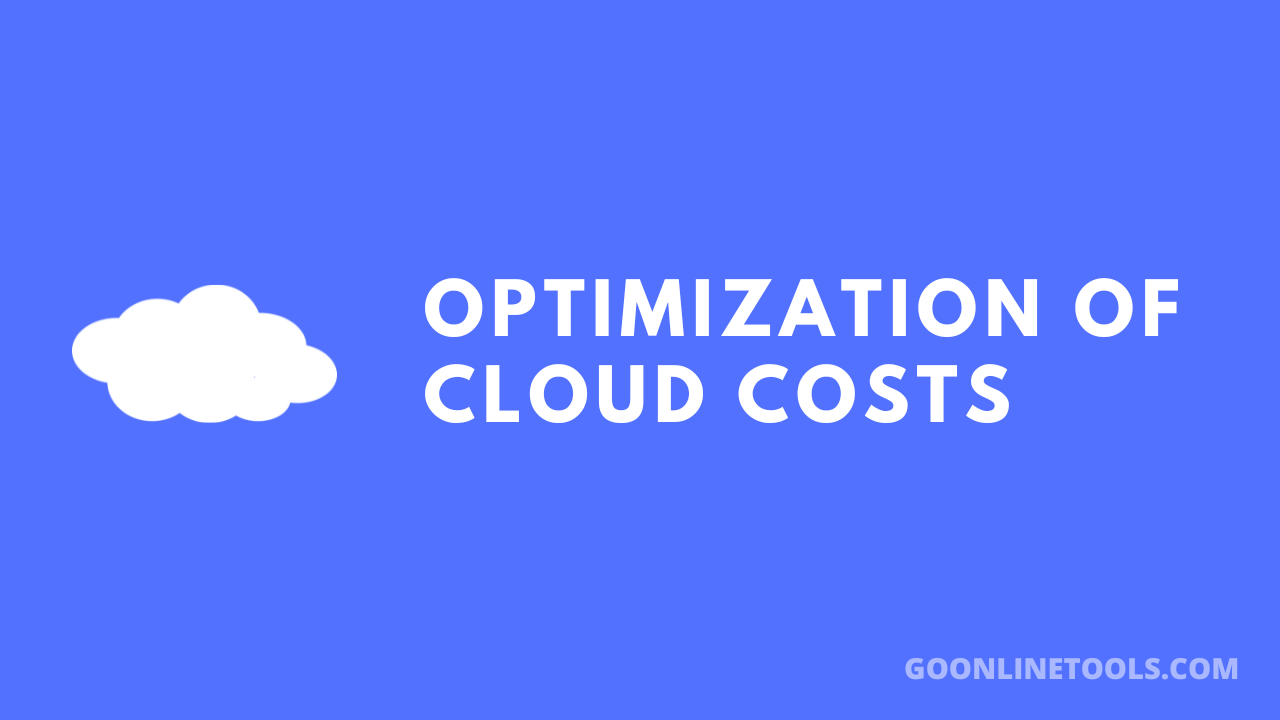
Featured image for "Optimization of Cloud Costs: 6 Best Practices to Lower Your Cloud Bill"
Cost optimization has emerged as a significant challenge for many engineering teams as businesses create more and more on the cloud. Although cloud service providers like AWS provide flexibility and simple scalability, cloud expenses are sometimes ambiguous and difficult to monitor.

To better understand and manage the costs of their cloud-based systems while increasing cloud efficiency and utilization, many businesses that depend on the cloud are using cloud cost optimization solutions. To assist this initiative, several platforms, best practices, and cloud cost optimization solutions have been developed.
Cloud Cost Optimization: What Is It?
The most suitable and cost-effective cloud resources are assigned to each workload or application thanks to cloud cost optimization. To guarantee that cloud investments are successful and suitable for organizational needs, it balances necessary performance, cost, compliance, and security criteria.
In a cloud deployment, each workload has certain needs that change over time. You should establish performance limits for each task based on domain expertise and real operational indicators to minimize cloud expenditures. The goal of optimization is to keep performance standards in place while lowering expenses.
Optimum Cloud Cost Management Techniques
Best practices for cloud cost optimization decrease the wastage of cloud resources, save costs, increase visibility, raise performance, and maximize business advantages. They consist of:
Create a Cost Awareness Culture
Without the support of all stakeholders, no cloud optimization project will succeed. To develop standardized cloud best practices—Cloud Operating Models—our most prosperous clients have created Cloud Centers of Excellence or FinOps practices.
Businesses can cultivate a culture that prioritizes cost efficiency, maximizes cloud resources, and achieves successful cloud migration by incorporating cloud migration consulting services into their cloud optimization strategies. These services’ expertise enables businesses to make informed decisions, optimize their cloud infrastructure, and align their cloud initiatives with their overall business goals.
Create Budgets
Make sure everyone is aware of the objectives and spending limits for each project to keep expenses under control. Never choose a random number. To better understand cost needs, encourage dialogue between product leadership, engineering leadership, and executives.
Base requirements by the anticipated feature and product packaging and delivery. Decide if it is a free trial or an enterprise package, for instance. You can save money on cloud hosting by switching providers and getting a coupon from sites like Bountii. When planning and developing, consider these criteria as tradeoffs alongside others like speed and resilience.
Track Your Cloud Use
Monitoring your cloud consumption is the first step in optimizing cloud costs. You may use it to find places where you can cut down on your cloud expenditure. To keep an eye on your cloud use, you may use either third-party or monitoring tools offered by your cloud provider. Analyze your cloud investment first. The cost of the cloud must be anticipated depending on your workload and capacity use. Find the areas of the bill that cost more than you anticipated. It will assist you in identifying resources that aren’t being utilized.

Heatmap Use
Heatmaps are one of the most crucial tools that might be useful. Using a heatmap, you can see the fluctuations in computing demand. This knowledge may be used to decide on a start and stop time that will save money.
The ability of a heatmap to determine if development servers can be shut down safely on the weekends is a fantastic illustration of its use. Although this may be done manually, automating the starting and stopping of instances would be preferable to save cloud costs.
Take into Account Azure Reserved VM Instances (RIs) or AWS Reserved Instances (RIs)
You may utilize similar reserved instances and spend up to 75% less than with on-demand capacity. In exchange for a promise to utilize their cloud services for a certain period, such as one to three years, Amazon AWS and Microsoft Azure provide substantial savings. Therefore, paying for RIs in advance enables you to better control your cloud expenses, particularly if your workload is consistent.
Eliminate Wasted Resources
Consolidating and eliminating unneeded technological resources is a crucial part of cost optimization. Even when businesses do not utilize the resources, cloud suppliers charge for them. If your organization only utilizes a CPU at 10% of its potential, think about integrating the CPUs across several systems to better use them and save expenses.
You may increase capacity as needed by using cloud capabilities like on-demand choices, auto-scaling, and load balancing.
Conclusion
Cutting cloud costs is not only the job of IT; it is the responsibility of the whole business. Cloud cost optimization is not a one-time effort but a continuous process.
The Editorial Team at GoOnlineTools.com specializes in delivering cutting-edge information on technology.
View all articles




